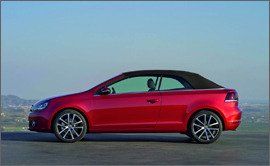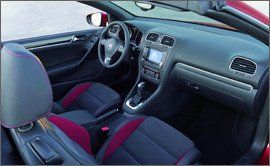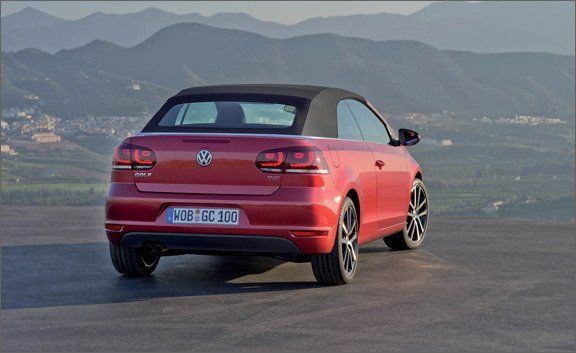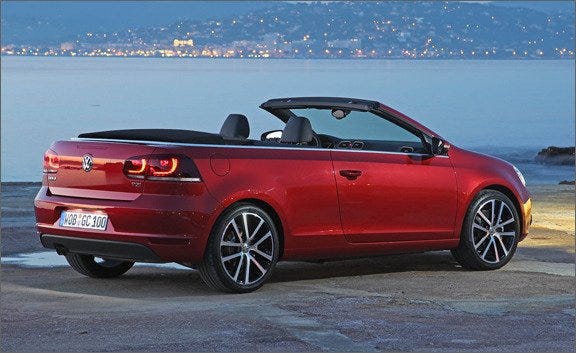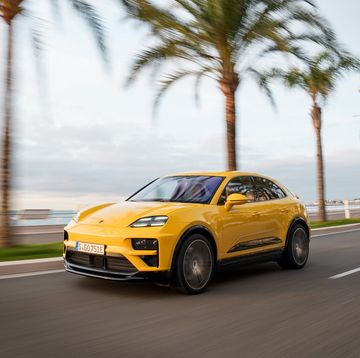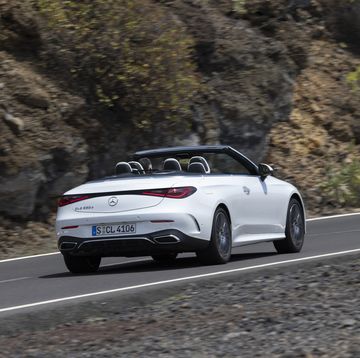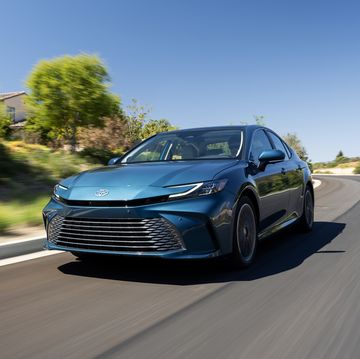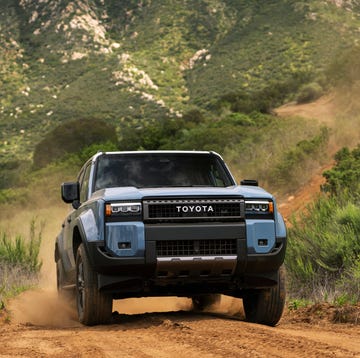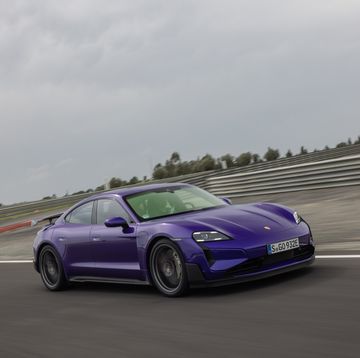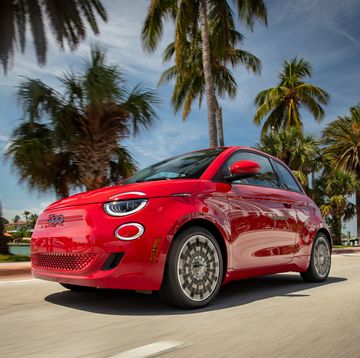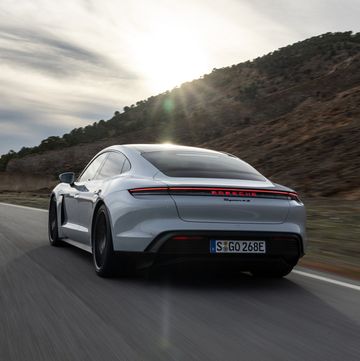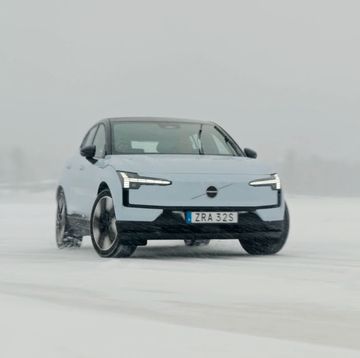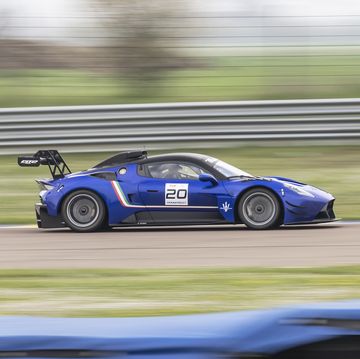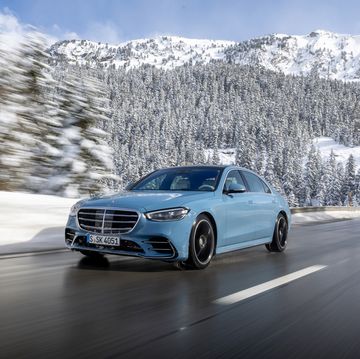When it comes to convertible roofs, most enthusiasts agree on the ragtop’s superiority. Cloth tops are lighter, and they take up less room when stowed. More subjectively, they often look better when raised, and a fabric roof evokes nostalgic memories of classic roadsters and droptops. Of course, folding hardtops have their good points, too. They give an impression of having a coupe and a convertible in one vehicle, they are a bit easier to care for, and they provide a sense of security—no thief will be tempted to shred a metal roof with a knife.
VW is playing both sides in its lineup, as its folding-hardtop Eos is now joined by this cloth-roofed Golf cabriolet. Both models are based on similar architecture, but the Eos has its own unique sheetmetal, and the Golf cabriolet is spun off Europe's most popular hatch. Another major difference: The Eos is sold here; the Golf cab will stay in Europe.
All Forced Induction, All Four-Cylinders
The Golf convertible powertrain lineup includes four gasoline and two diesel engines. All are force-fed, and all have four cylinders. The petrol burners include a 105-hp, 1.2-liter TSI with 129 lb-ft of torque; a 122-hp, 1.4-liter TSI with 148 lb-ft; a 160-hp, 1.4-liter Twincharger with 177 lb-ft; and a 210-hp, 2.0-liter TSI with 207-lb-ft. The diesels are a 1.6-liter making 105 hp and 184 lb-ft and a 2.0-liter with 140 hp and 236 lb-ft. We spent the majority of our time with the 210-horse 2.0-liter; it’s the engine you’ll find in the Euro GTI, although it’s mated exclusively to a six-speed dual-clutch automatic in the Golf cabriolet. Manuals are available with all the other engines.
We’re glad we jumped into the most powerful version, because every ounce of its strength is needed to move the Golf cabriolet with authority. We estimate the car to come in at more than 3500 pounds, or some 375 more pounds than a three-door DSG GTI we tested. (VW made liberal use of aluminum and high-strength steel to avoid increasing the weight even more.) So, the performance figures—we predict 0 to 60 mph in 6.4 seconds and the quarter-mile in 15 flat—should be good, but you definitely feel the extra weight when pushing the car hard, a fact borne out by how strenuously the stability-control system works in corners.
No GTI, but Still a Decent Drive
The Golf cabriolet nevertheless handles well, with nicely weighted steering and an electronic brake-based “differential” that sort of simulates a limited slip, helping to get the power down and you on your intended path. The structural integrity is exemplary. Even on bumpy, twisty roads, we noted a complete absence of squeaks and rattles, and there was no noteworthy body flex. That's thanks to beefier structural elements used in the side panels, underbody, and doors and for the crossbeams. There’s no GTI-like agility, but you’ll find something to smile about if you've driven any small convertible this side of a Mazda Miata.
The car’s top itself is an evolution of the Audi A3 cabriolet's, but they are not interchangeable. The Golf cabriolet features a fixed portion just behind the windshield, which keeps the top from puffing up like a balloon at very high velocities. The sound dampening is highly effective; with the top raised, it's difficult to tell you’re not in a fixed-roof car.
That changes in nine seconds, which is all the time it takes for the power top to retract. The procedure works at vehicle speeds of up to 20 mph; you don't need to come to a full stop. The glass rear window is large enough that blind spots are minimized, which helps lane-change and parking-lot maneuvers. Unlike the old Golf cabrio, there’s no basket-handle roll hoop; the new car’s rollover hoops are hidden away until needed, at which time they deploy.
Stylistically, the conversion from Golf hatchback to cabriolet works well, with the lowered top virtually disappearing (and leaving 8.8 cubic feet of cargo space) and nice clean lines remaining around the perimeter of the passenger compartment. In addition, several details of the softtop Golf show the way forward to the next generation of the small car, including the smaller radii and pronounced angularity in the taillights and rear end. That’s because this model will be built alongside the next, seventh-generation Golf for several years and will need to maintain a familial resemblance.
We like this car. A day behind the wheel has us convinced that VW has managed to create a benchmark among inexpensive droptops. Although it’s unlikely to do so, the company should bring it here. If the Gold cabriolet cannibalizes Eos sales, that's fine with us.


